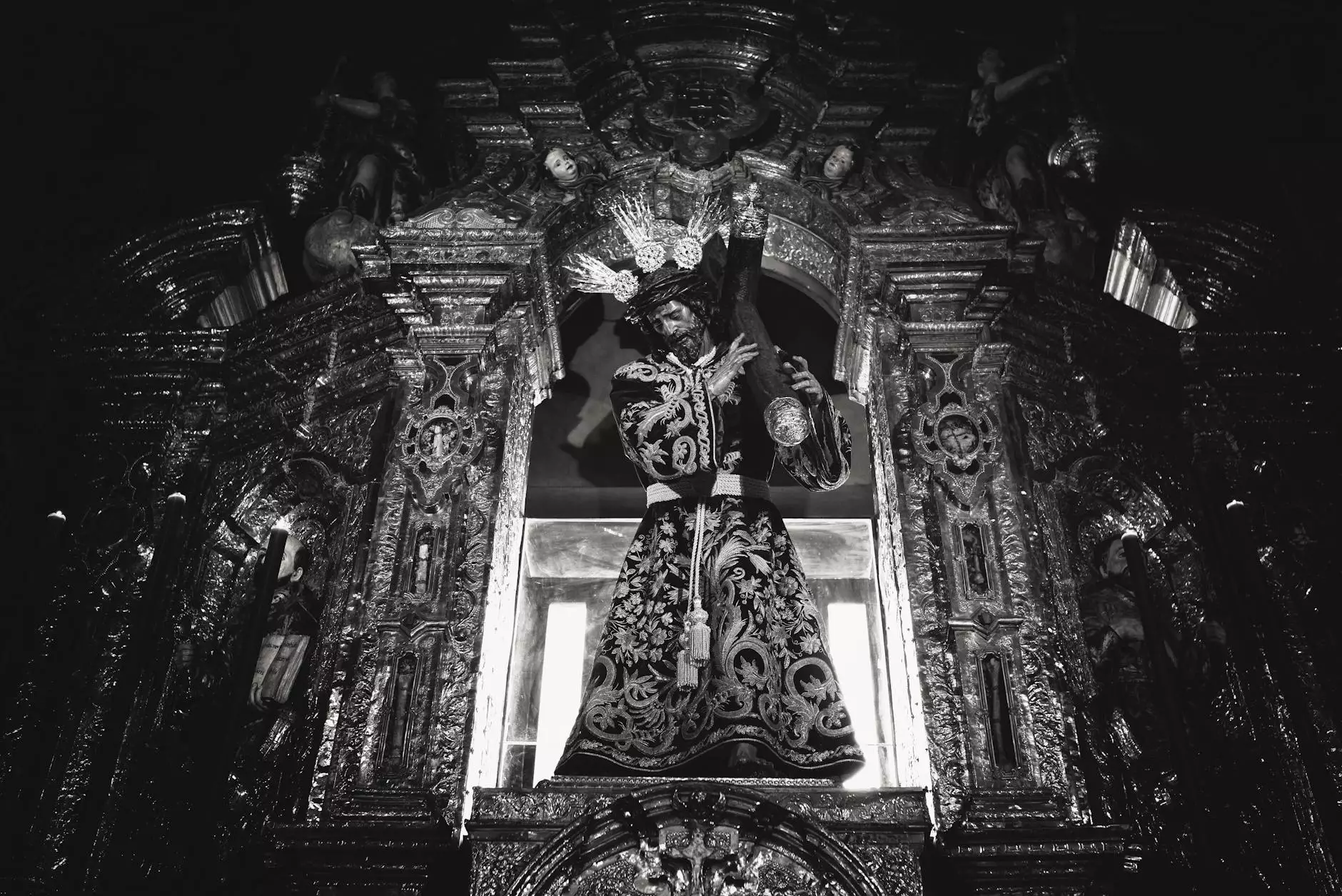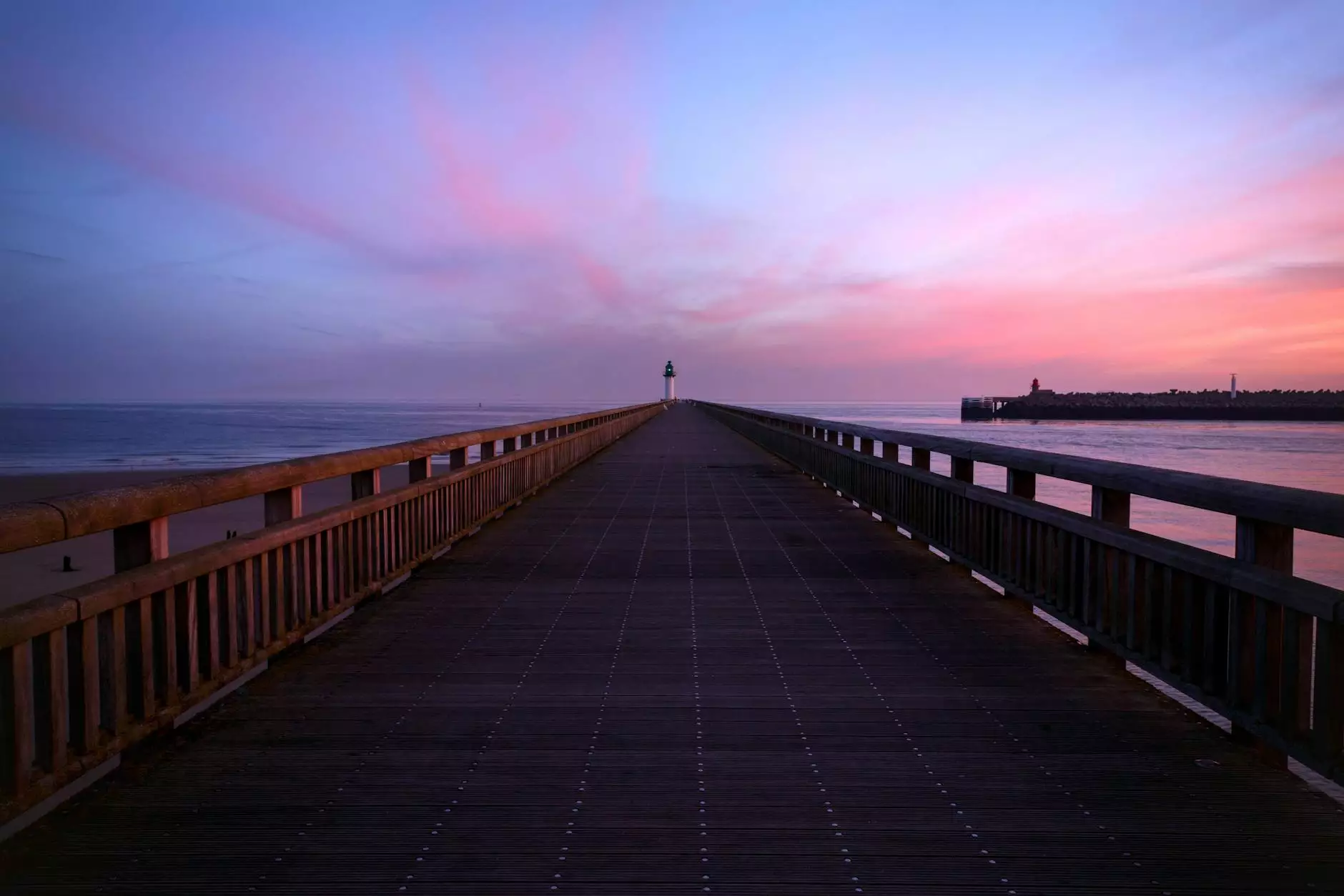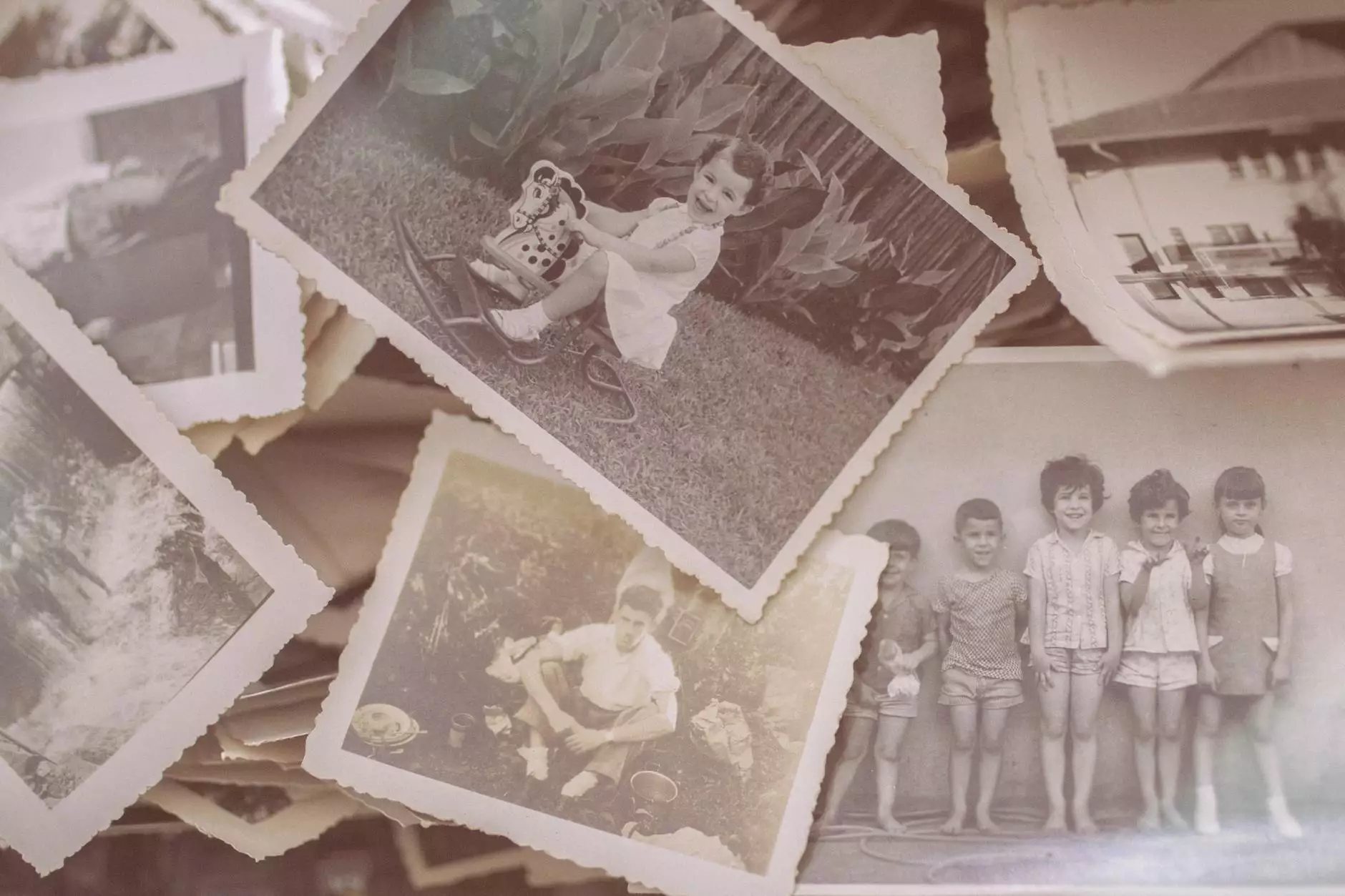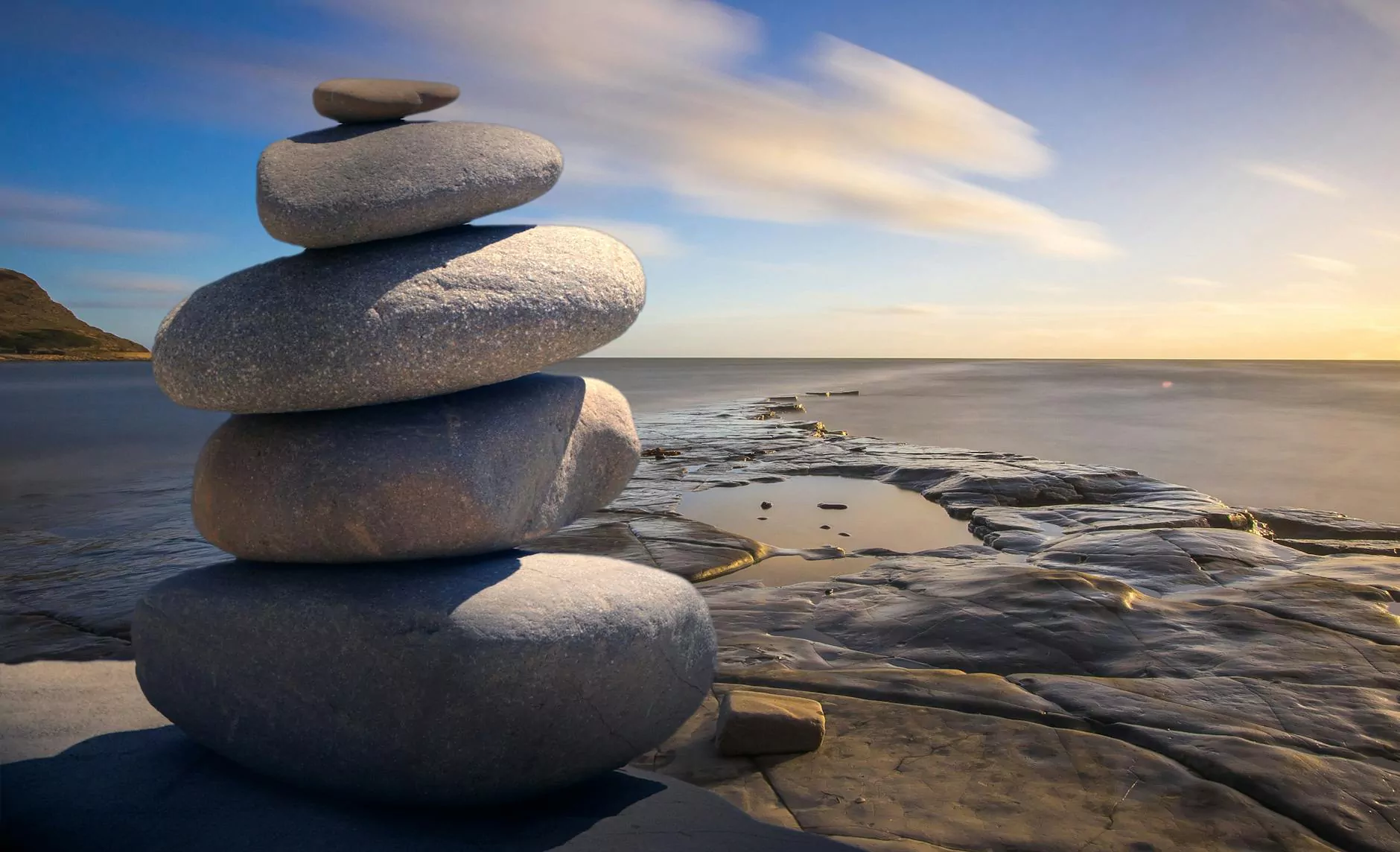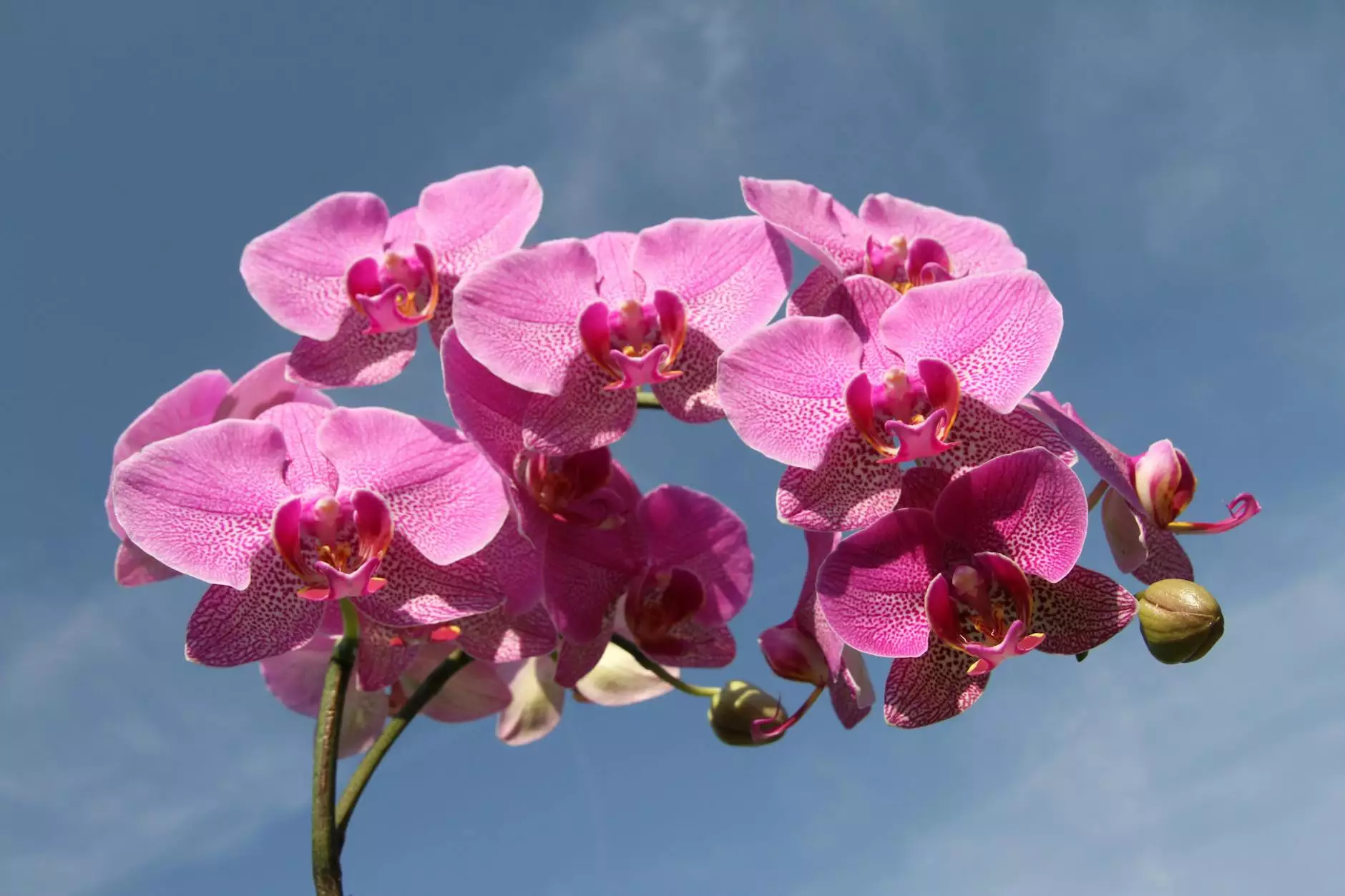Theodore Payne and Ralph Cornell: Champions of California's Native Plants
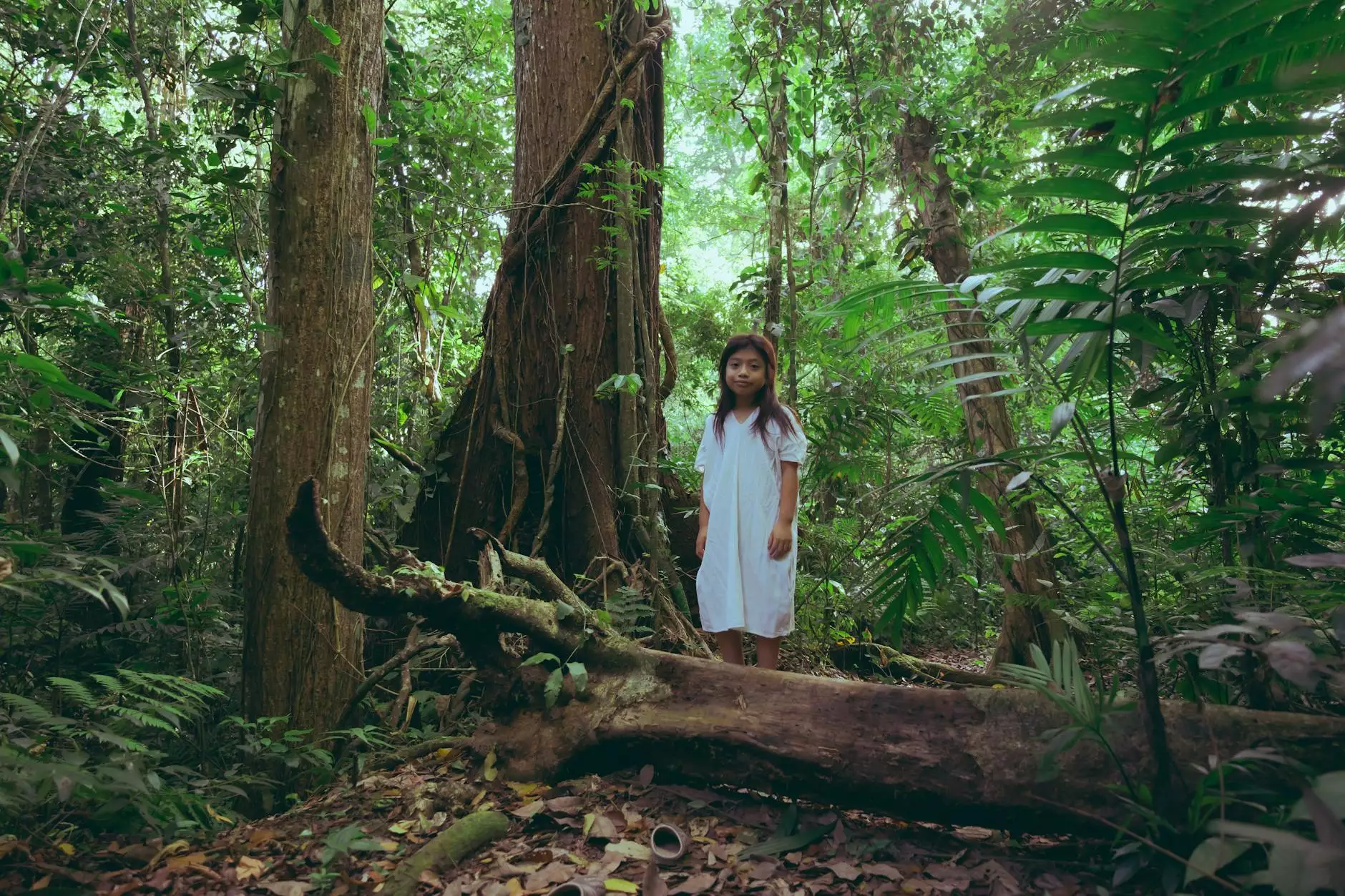
Welcome to La Historia Society's upcoming event page featuring two influential figures in the world of California's native plants: Theodore Payne and Ralph Cornell. Join us as we delve into their contributions and celebrate their efforts in preserving and promoting the natural beauty of our state.
Introduction
In the realm of California native plants, Theodore Payne and Ralph Cornell stand out as esteemed champions. Their dedication to preserving and promoting these indigenous species has not only shaped California's landscape but also left a lasting impact on our ecosystem. Through their tireless efforts, they have inspired generations to recognize the significance and value of native plants.
Theodore Payne: A Pioneer of Native Plant Advocacy
Theodore Payne, born in England in 1872, became a prominent figure in promoting California's native plants during the early 20th century. His passion for horticulture led him to emigrate to California, where he soon fell in love with the state's diverse flora. Payne was deeply committed to safeguarding the rare and endangered plant species, recognizing their intrinsic value to our local ecology.
Payne's profound understanding of native plants and their adaptations to California's unique climate allowed him to influence public perception. He advocated for the use of native plants in landscape design, emphasizing their ability to thrive in our arid environment without excessive water consumption. Payne's efforts were instrumental in dispelling the misconception that non-native plants were essential for ornamental landscapes.
Ralph Cornell: Shaping the Landscape Architecture with Native Plants
Ralph Cornell, a landscape architect recognized for his remarkable contributions to California's built environment, shared Payne's vision for integrating native plants into our communities. Born in 1902, Cornell played a crucial role in transforming the realm of landscape architecture by embracing the beauty and practicality of indigenous flora.
Throughout his prolific career, Cornell designed numerous public and private spaces with a focus on sustainability and harmony with nature. He understood that native plants not only enhanced the visual appeal of landscapes but also played a significant role in supporting local ecosystems, providing food and shelter for native wildlife. Cornell's designs seamlessly blended functionality and aesthetics, creating spaces that cultivated a sense of place and preserved the natural heritage of California.
Their Legacy: Impact on California's Landscape
Theodore Payne and Ralph Cornell's legacy is visible in landscapes across California. Their collective efforts have transformed our perception of native plants, elevating them to a position of prominence in horticulture and landscape design. By showcasing the exceptional beauty and benefits of indigenous flora, they have cultivated a deeper appreciation for California's rich plant heritage.
Furthermore, the impact of their advocacy extends beyond individual landscapes. The use of native plants in public spaces, such as parks, gardens, and urban green spaces, has increased significantly. This wider adoption contributes to the conservation of native plant species, promotes biodiversity, and helps us mitigate the challenges of climate change.
Native Plants: The Ecological Significance
Native plants play a vital role in maintaining the delicate balance of our ecosystems. California's native flora has evolved over thousands of years to withstand the region's unique climate conditions, including seasonal droughts and wildfires. As a result, they have developed intricate relationships with native insects, animals, and microorganisms, forming the foundation of our local food webs.
One significant advantage of native plants is their ability to adapt to local soil conditions, reducing the need for excessive fertilizers and water. This inherent resilience contributes to resource conservation and mitigates the negative environmental impacts associated with conventional gardening practices.
Preservation Efforts and How You Can Get Involved
La Historia Society is dedicated to continuing the legacies of Theodore Payne and Ralph Cornell by preserving and promoting California's native plants. We organize various events, including talks, workshops, and guided hikes, to educate and inspire others about the importance of indigenous flora.
If you are passionate about native plants and want to contribute to their conservation, there are many ways to get involved. Consider volunteering at local nurseries or community gardens that specialize in propagating native species. By planting native plants in your own garden or supporting local nurseries that provide them, you actively contribute to preserving our natural heritage. Additionally, educating others about the benefits of native plants and the importance of biodiversity further promotes their conservation.
Together, we can build on the foundation laid by Theodore Payne and Ralph Cornell, creating a future where California's native plants continue to thrive and enrich our environment.
Conclusion
Theodore Payne and Ralph Cornell's unwavering dedication to California's native plants has left an indelible mark on our state's landscape. Through their tireless advocacy and innovative design approaches, they have reshaped public perception, emphasizing the importance of native plants in our ecosystems and communities.
La Historia Society invites you to join us in celebrating the extraordinary achievements of Theodore Payne and Ralph Cornell at our upcoming event. Immerse yourself in their stories, learn from their expertise, and discover the remarkable world of California's native plants.
